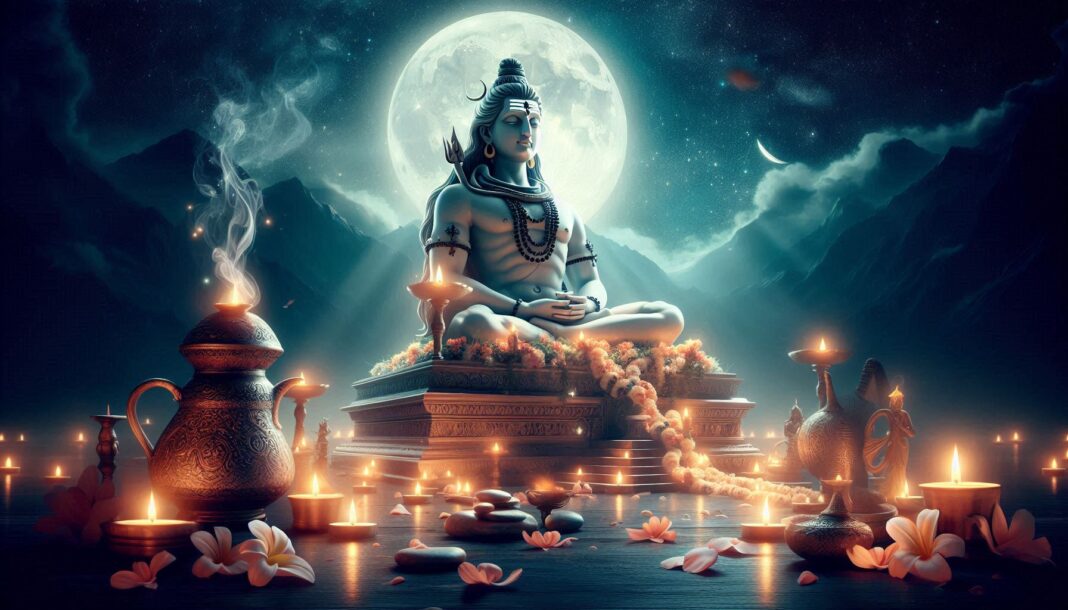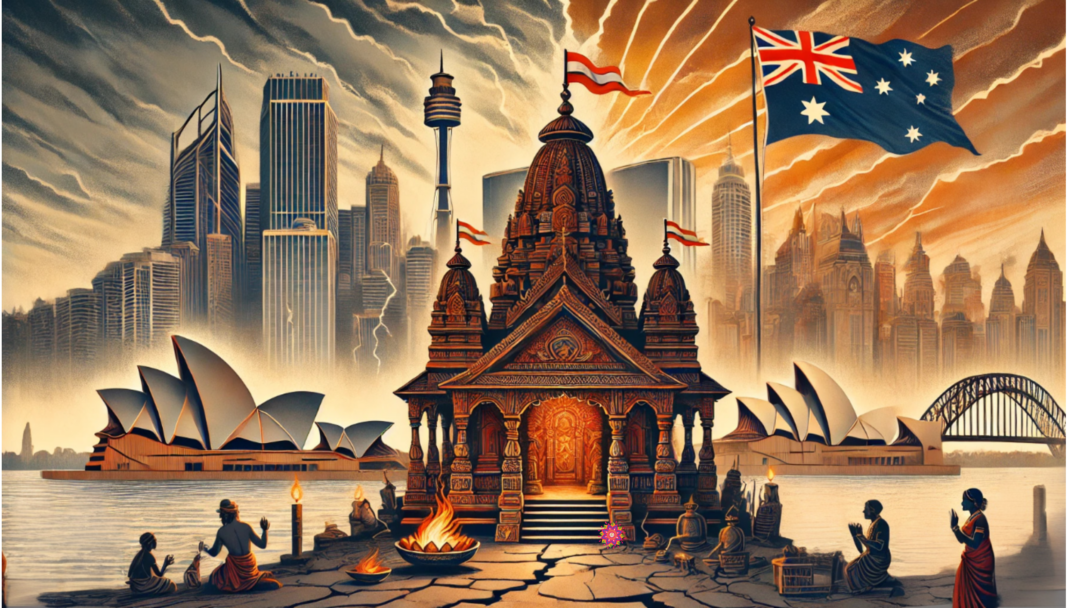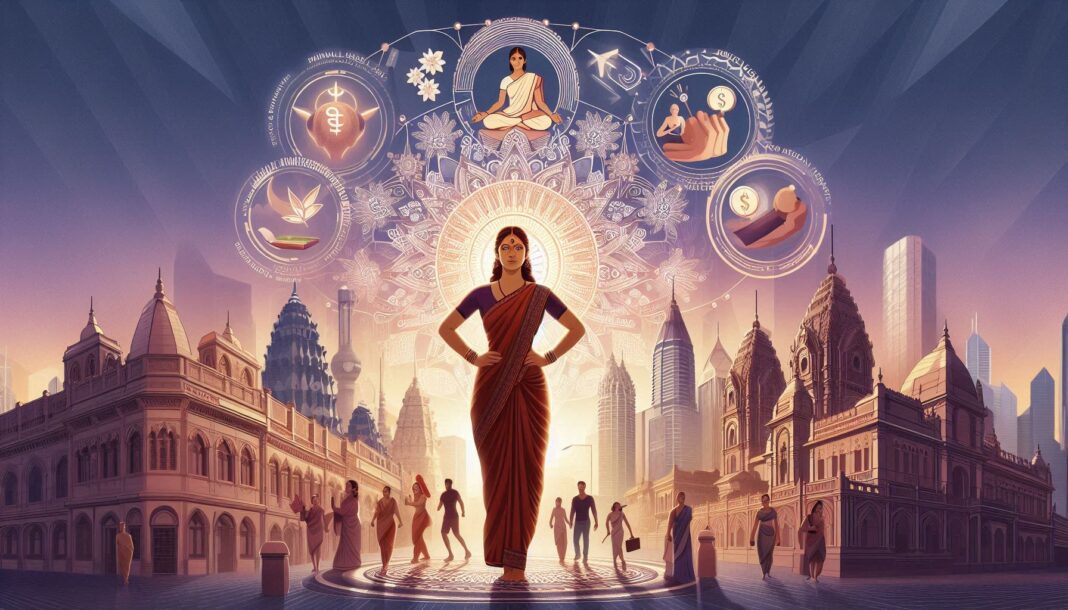II Om Namah Shivāya II
Mahāshivarātri, “the Great Night of Shiva” is the most significant event in India’s spiritual calendar. The fourteenth day of every lunar month or the day before the new moon is known as Shivarātri. According to the Shiva PurāNa when Shiva was asked by Pārvati, what pleases him the most, he replied, “The 14th night of the new moon, of the month of Phālgun is my favourite”. It came to be known as Mahāshivarātri and is dedicated to Lord Shiva, the cosmic dancer, symbolizing the eternal cycle of creation and destruction.
Mahāshivarātri is a time when the sun is in Aquarius and the moon is in its peak waning phase (new moon). This planetary position is believed to be conducive to spiritual practices, as it enhances the flow of prānic energy in the body and have a profound impact on the chakras, the energy centres in the body. It is believed to activate the chakras and promote the flow of kundalini energy in the body. Lord Shiva is often depicted as a yogi, and his third eye, which is associated with the sixth chakra, represents the awakening of the spiritual eye.
It is said that Mahāshivarātri is the day when the Shiva tattva touches the earth. This auspicious day is believed to be the day of convergence of divine powers of Lord Shiva and Goddess Shakti. Mahāshivarātri is the time of wedding of the material with the spiritual.
Shivarātri is made up of two words in Sanskrit – Shiva and Rātri.
Shiva is the soul (of everything) – there is no difference between the soul and Shiva. Your true nature is Shiva, and Shiva is peace, infinity, beauty and the non-dual one.
Ratri means ‘to take refuge’. Ratri (also translates as night) is that which gives you rest, or peace. Three types of peace are needed:
1. Material peace (Ādhibhautik)
2. Mental peace (Ādhyatmik), and
3. Peace in the soul (Ādhidaivik).
Shivarātri is taking refuge in Shiva (the soul). It is celebrating the Shiva Tatva within oneself. If there is disturbance around you, you cannot be peaceful. You need peace in your environment, in the body, mind, and the soul. You may have peace in the atmosphere, enjoy good health, and have peace in the mind to a certain extent, but if the soul is restless, nothing can bring you comfort. So, the peace of the soul is essential. Only in the presence of all the three types of peace can there be complete peace. Without one, the other is incomplete.
Taking refuge in the divine consciousness brings peace and solace to all layers of our mind, body, and spirit.
A Day for Meditation
Shivaratri is like a new year for a sādhak (seeker). It is considered as an auspicious day for spiritual growth and material attainment. The night on this day, when the constellations are in a particular position, is very auspicious for meditation. And so, it is very useful for people to keep awake and meditate at night on Shivarātri.
Wake the Divinity that is deep within you – this is the message.
A Day for Fasting
Many devotees, to bring a balance between the three guNas (i.e., Sattva, Rajas and Tamas) observe fast during the day. Not eating too much, eating light (like fruits etc.) and doing meditation on this day helps in fulfillment of desires is the ancient belief.
A Day for Chanting Sacred Hymns
Shivrātri day is celebrated with Rudrābhishekam (reciting of the ancient Vedic mantrās, accompanied with a ceremony of bathing the Shiva-linga with milk, curd, honey, rose water, etc.). Do you know, when we chant the Vedic mantrās? These mantrās bring purity in the environment, increase positivity within, bad karmās are destroyed, and connect you with the divine. Rudrābhishekam has been performed for thousands of years for the well-being of all.
Kumbhamelā and Mahākumbhmelā
Kumbhmelā is said to have begun since ancient times according to the Sanātan Dharma texts and memories. The oldest mention is during the Samudramanthan event that took place when the great cosmic ocean was churned by the Devās and Asurās, who came together to find the elixir of immortality (amrita nectar). Lord Vishnu, disguised as Mohini, took the pot of amrit after the churning of the ocean to protect it from demons. To prevent the Amrita from falling into the hands of the Asuras, Vishnu’s vahana, the divine bird Garuda, took the pot and flew away. In pursuit, the Asuras and Devas fought fiercely in the sky. During this pursuit, which lasted twelve divine days (equivalent to twelve human years), a few drops of Amrita fell on four places on Earth: Prayagraj, Haridwar, Nashik, and Ujjain. These places house four Tirthas or holy sites and a dip in the rivers flowing through them — River Kshipra in Ujjain, Nashik’s Godavari, Ganga in Haridwar and Sangam at Prayagraj — would lead to salvation.
Another story goes that Ādi Guru Shankarācharya restarted the kumbhmelā when he toured the length and breadth of the country to reestablish Hindu Dharma and Advaita Vedānta.
Astrological Significance – Historical Timeline of Kumbhmelā
Astrological Foundations: The Kumbhmelā’s occurrence is deeply intertwined with Hindu astrology. The event is based on the positions of the planets, particularly Jupiter, the Sun, and the Moon.
12-Year Cycle: Jupiter takes approximately 12 years to complete its orbit around the Sun. Correspondingly, the Kumbhmelā is celebrated about every 12 years, aligning with Jupiter’s orbit. This cycle is a cornerstone in determining the timing of the festival at each of the four sacred sites. The Mahākumbhmelā is celebrated after 12 such cycles of Jupiter around the sun.
Here are some key astrological factors that add to the importance of this event:
- Jupiter’s Transit in Aquarius
The Mahākumbhmelā 2025 coincides with Jupiter’s transit in Aquarius, which is highly auspicious. Jupiter’s presence in Aquarius is believed to bring about spiritual growth, humanitarian pursuits, and a greater sense of social responsibility.
- Sun’s Transit in Capricorn
The Sun’s transit in Capricorn during the Mahākumbhmelā 2025 is also significant, as it represents the renewal of spiritual energies and the pursuit of spiritual growth.
- Moon’s Transit in Various Nakshatras
Moon’s transit in various Nakshatras during the Mahākumbhmelā 2025 is believed to enhance the spiritual benefits of the event. The Moon’s presence in specific Nakshatras is thought to amplify the effects of the Jupiter-Sun alignment, leading to a greater sense of spiritual awakening and self-realization.
- Rare Alignment of Planets
On 25 January 2025, a rare event occurred when all the five planets visible to the naked eye were seen in the sky at the same time.
Every 12 years, the Kumbhmelā is held in one of the four cities based on specific alignments of the planets and stars, each casting its influence upon a different river in a unique city. Here is how each Kumbhmelā in each city aligns astrologically:
- Prayagraj: When Jupiter enters Aquarius, the sun and moon are in Capricorn, it is held at the confluence of the Ganga, Yamuna, and the mythical Saraswati.
- Haridwar: When Jupiter is in Aquarius, the sun enters Aries, it takes place on the banks of the Ganga.
- Ujjain: When Jupiter is in Leo, the sun is in Aries; it occurs on the banks of the Shipra River.
- Nashik: When Jupiter and the sun align in Leo; it is celebrated on the banks of the Godavari River.
The significance of Jupiter on the habitable zone in which Earth lies and sustains life is only now being recognised. The size of Jupiter and its gravitational pull and slow transit time in the Solar system around the sun leads to the protection of Earth from outer-worldly asteroids and comets from collision is well known today. The Kumbhmelā exemplifies a rare harmony between spiritual beliefs and astronomical events and its precise timing reflects an ancient understanding of celestial movements & has contributed significantly to the cultural and religious landscape of Hinduism. It underscores the importance of cosmic cycles in human life and spiritual practices.
The significance of Mahākumbhmelā and Mahashivārātri in 2025
The rhythm of spiritual ecstasy reaches its zenith at the Mahā-Kumbhmelā with the celebration of Mahashivārātri on February 26, 2025. This is a once-in-a-lifetime occasion and is the most auspicious of all the events during the Kumbhmelā. In 2025, approximately 50 crore (500 million) people from all over the world have taken the holy dip in the waters of Prayagrāj.
II Har Har Mahadev II




